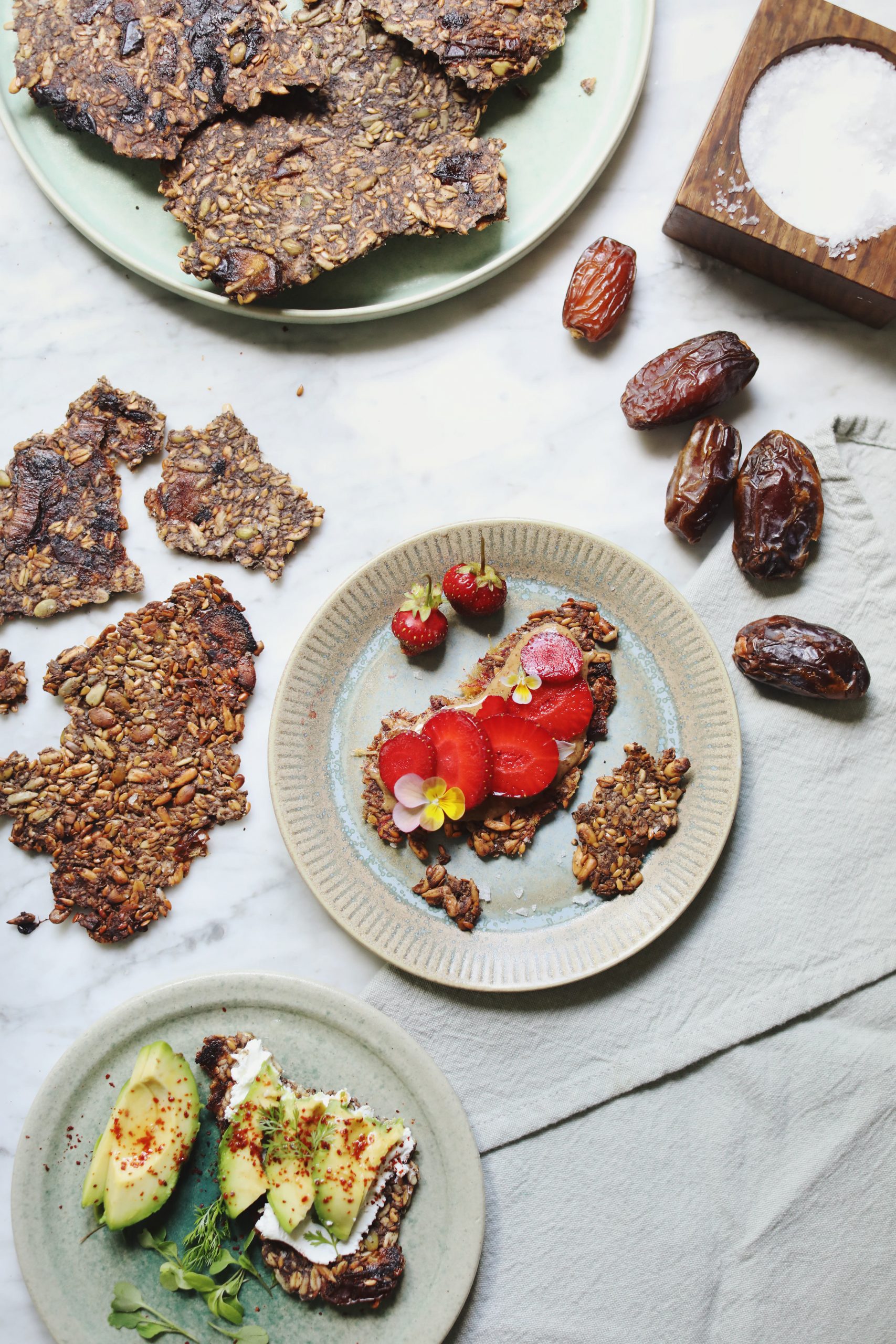Welcome to the low FODMAP collection! A compilation of all the Grow recipes that are naturally FODMAP friendly or with a few tweaks, can easily become just that. Have no idea what FODMAPs are? Not to worry! This way of eating is to support those who have been recommended this short-term protocol, or modified as a long-term lifestyle to help with moderate to severe digestive discomfort. I hope to create collections for all people here on Grow so if this is supportive to you, let me know! If not, let me know what might be so I can be a better resource for you.
So many of us have struggled, or are currently struggling with digestive discomfort of some sort. Whether you experience slight bloating, uncomfortable gas, or have been diagnosed with a gastrointestinal condition like Crohn’s Disease, Ulcerative Colitis, IBS, SIBO, Candida, among many more… the symptoms and flares can be debilitating.
There are many foods that may trigger these symptoms, you can think of the Standard American Diet for example – one high in industrially-processed foods, refined sugars, and oxidized oils. However, there are plenty of nutrient-dense whole foods that can create these same symptoms too – cauliflower, onions, apples, Brussels sprouts, gluten-containing grains, other grains and legumes, and garlic are a few that come to mind for some people.
If you’ve been diagnosed with IBS or another GI disorder, you may have been recommended to follow a low FODMAP diet to see if your symptoms subside. This diet is a form of elimination, removing foods high in FODMAPs and only meant to last for a few weeks as a healing protocol. This short-term way of eating can provide significant relief, especially if you’re struggling with IBS, SIBO, general dysbiosis, or a Candida overgrowth.
But before we dive into what FODMAP’s are, I want to preface that if you’re experiencing digestive discomfort, please talk with a doctor to see what’s going on first. Depending on your condition, a low FODMAP diet may not be the best approach for you and by no means is this meant to be a diagnosis, rather a tool to support a recommendation from a medical professional.
Okay, so let’s get into it! What exactly are FODMAPs? They are short-chain carbohydrates (or sugars) that can cause many IBS-like symptoms such as indigestion, bloating, gas, diarrhea, etc. It’s an acronym that stands for:
Fermentable – causes gas as a result of the bacteria fermenting undigested carbohydrates
Oligosaccharides – like fructans / GOS found in rye, wheat, garlic, onions, legumes, pulses, etc.
Disaccharides – like lactose found in dairy products, soft cheeses, etc.
Monosaccharides – like fructose found in apples, honey, high fructose corn syrup, etc.
And
Polyols – sorbitol / mannitol found in artificial sweeteners, and some veggies and fruits
These types of carbohydrates / sugars feed the bacteria within our gastrointestinal tract (learn more in the Know Your Organs collection) – both the good and the bad. “Ideal” gut flora, in a tract with lots of good bacteria, can handle these sugars quite well, breaking them down and receiving the incredible nutrients these foods have to offer – that’s why we all don’t need to follow a low FODMAP protocol all the time. However, if you have an imbalance of other guys floating around, they’ll feast on these sugars and cause unwanted fermentation – hello gas, discomfort, upset, and other not-wonderful symptoms! FODMAPs can also draw excess water into the gut which may worsen bloating and GI distention – both can be extremely uncomfortable. Following the low FODMAP guidelines temporarily removes these trigger foods, essentially starving the imbalance of not-so-great bacteria, and supporting a balance that reduces or eliminates these pesky symptoms.
The protocol works in 3 phases: Phase one involves swapping high FODMAP foods for low FODMAP foods. This phase can last anywhere from 2-6 weeks, ending once your symptoms have subsided. As your symptoms are under control, phase two begins – reintroduction. While still following a low FODMAP menu, you’ll slowly bring back foods into your life, testing if your body tolerates them. It is recommended to introduce one food at a time, for ideally 3 days with varying quantities to see how you react. This phase can be tedious and even discouraging. The Monash University FODMAP App is a great tool to guide you through this process, taking much of the brain work out of it and providing support along the way. The last phase is about finding balance and incorporating those tolerant foods back into your life.
Again, this protocol is not meant to be long term as it is quite restrictive and even triggering to those with restrictive eating disorders or controlling food behaviours. Please be mindful of this and seek the support you need professionally before embarking on this process. That said, sometimes a short reset can provide momentous relief for many and I have people in my life eating everything comfortably still years after doing this protocol only once for 8 weeks. So, if you find yourself testing out a low FODMAP diet whether that’s now or in the future, or know someone going through it, I want to make sure you’re armed with recipes to support your journey, without sacrificing flavour, and the joy in cooking. Limiting foods does not have to suck the joy out of life and it shouldn’t! I hope you enjoy these heavenly recipes and receive the healing you’re after.
Source: Monash University FODMAP App
The Recipes
Here are some recipe options for those on a low FODMAP protocol along with some supportive and simple swaps where needed:
Breakfast
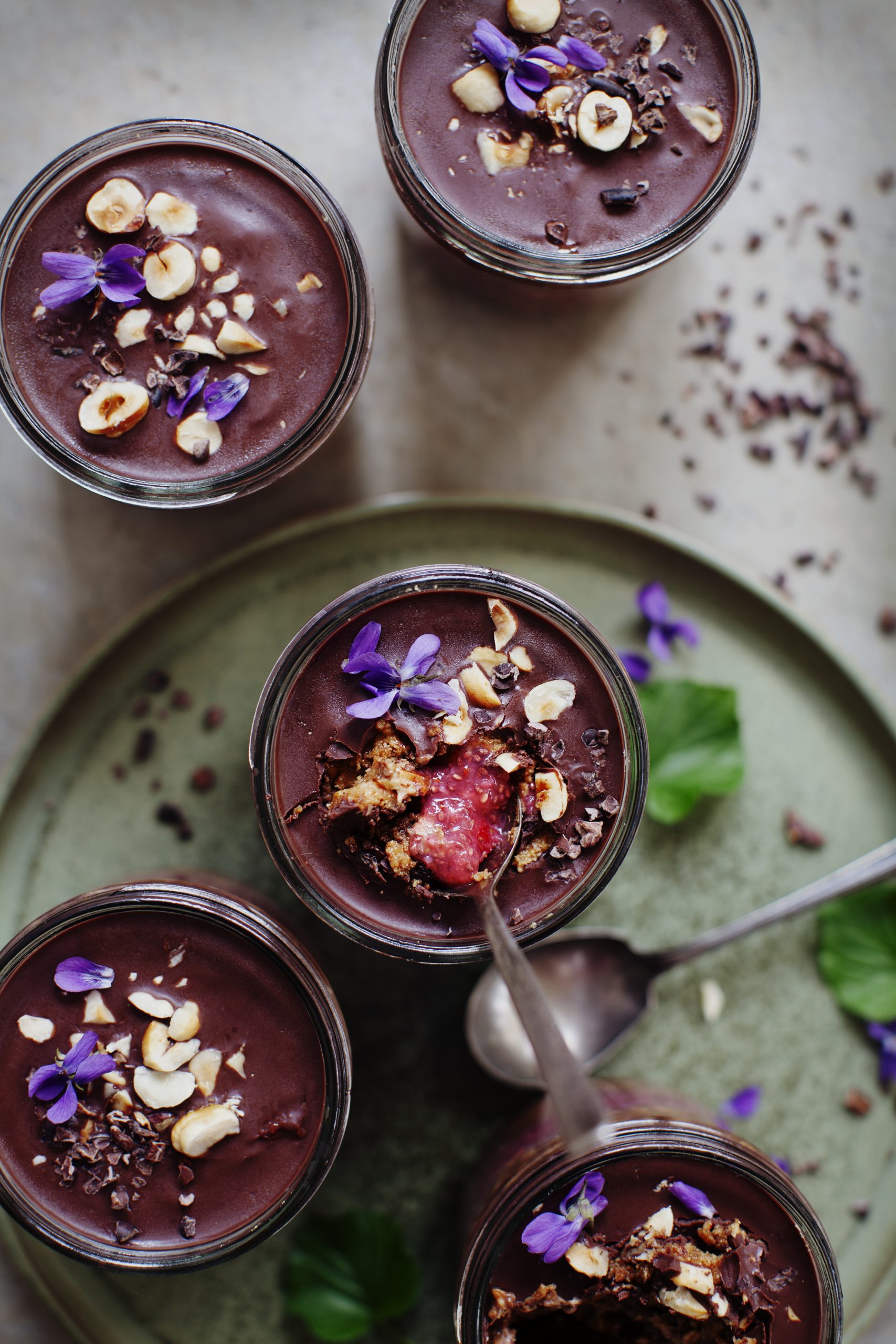
Overnight Oats
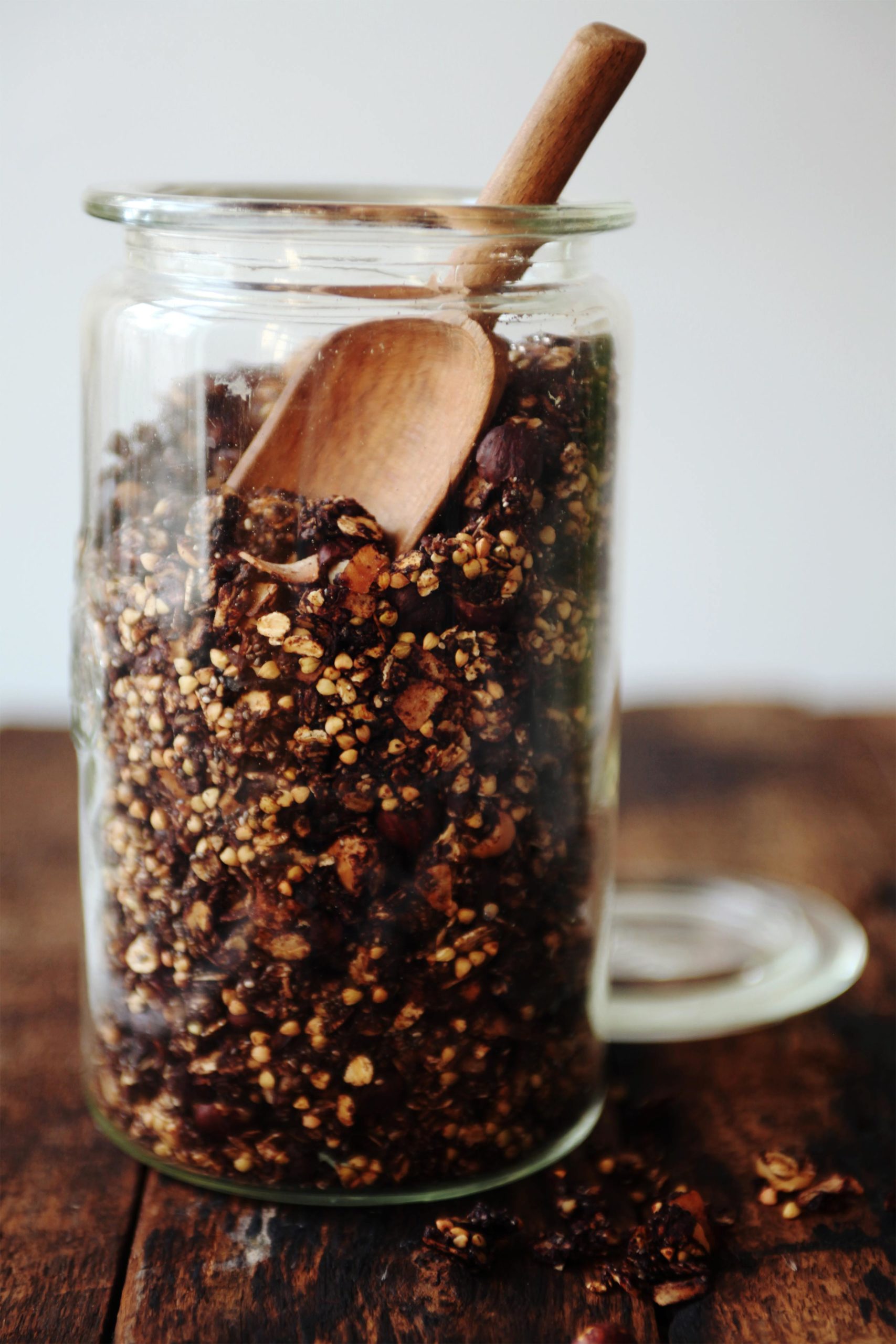
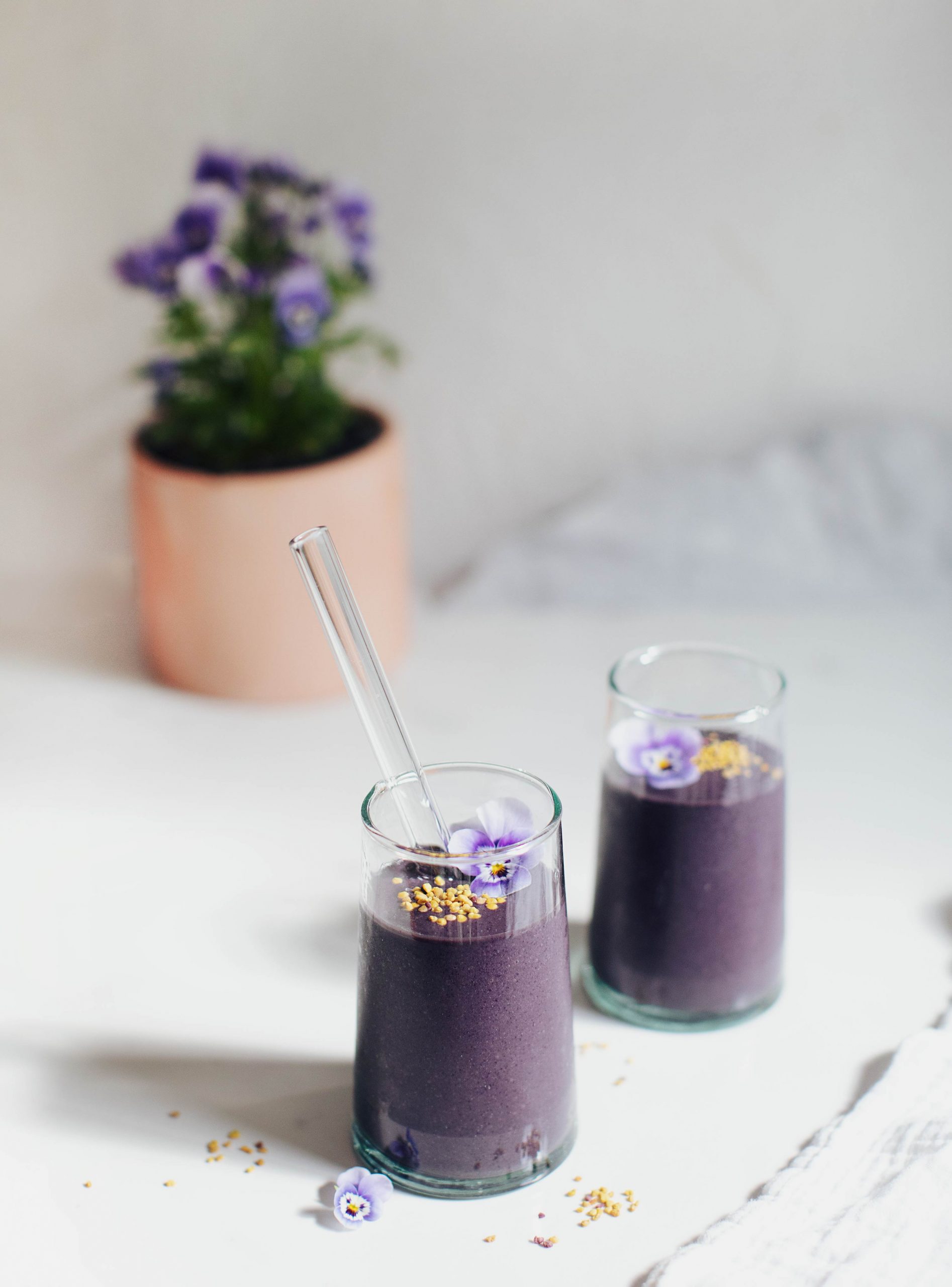
Maple Cinnamon Grain-Free Granola
Smooth Soother – Reduce to 1/4c frozen blueberries and 1/2 green banana. Add a handful of ice cubes to make up for some bulk!
Tropical Green Juice
Strawberry Rhubarb Compote – Replace peaches with strawberries
Citrus Sunrise Juice – Replace grapefruit with 2 cups pineapple
Tigernut Flour Banana-Nut Muffins – Use green bananas
Double Chocolate-Hazelnut Overnight Oats
Revolutionary Pancakes – Avoid using the gluten-free grain, amaranth. Quinoa and millet are wonderful alternatives.
Black Sesame – Orange Hemp Breakfast Bites – Use green bananas
Life Changing Loaf of Bread
Chocolate Oatmeal
Banana Buzz Latte Smoothie – Use a green banana
ABC Toast – Replace honey for maple syrup, use green banana
Chunky Chocolate Buckwheat Granola
Strawberry Fennel Blondies
Bali Bliss Papaya Salad – Replace honey with maple syrup
Lunch / Dinner
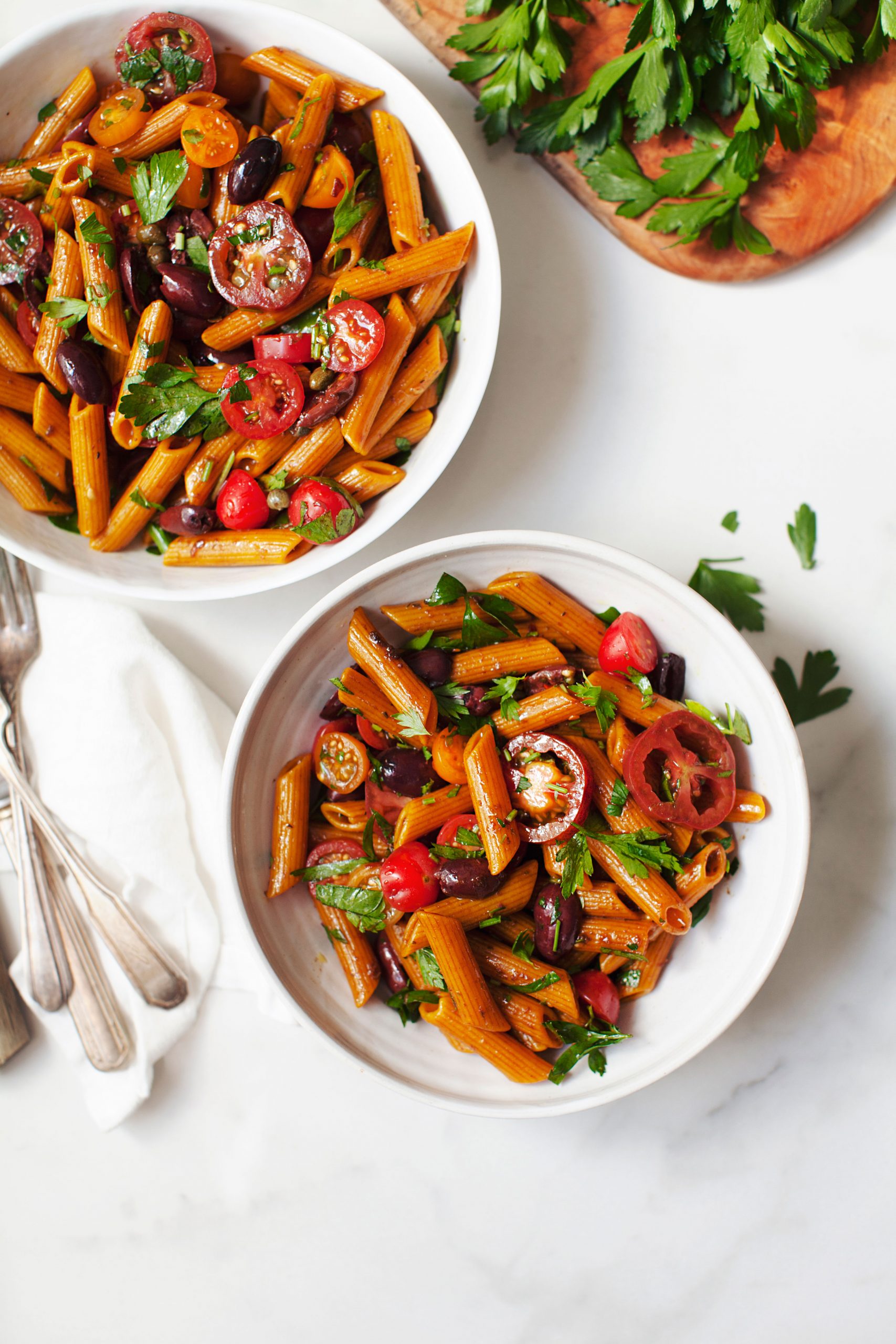
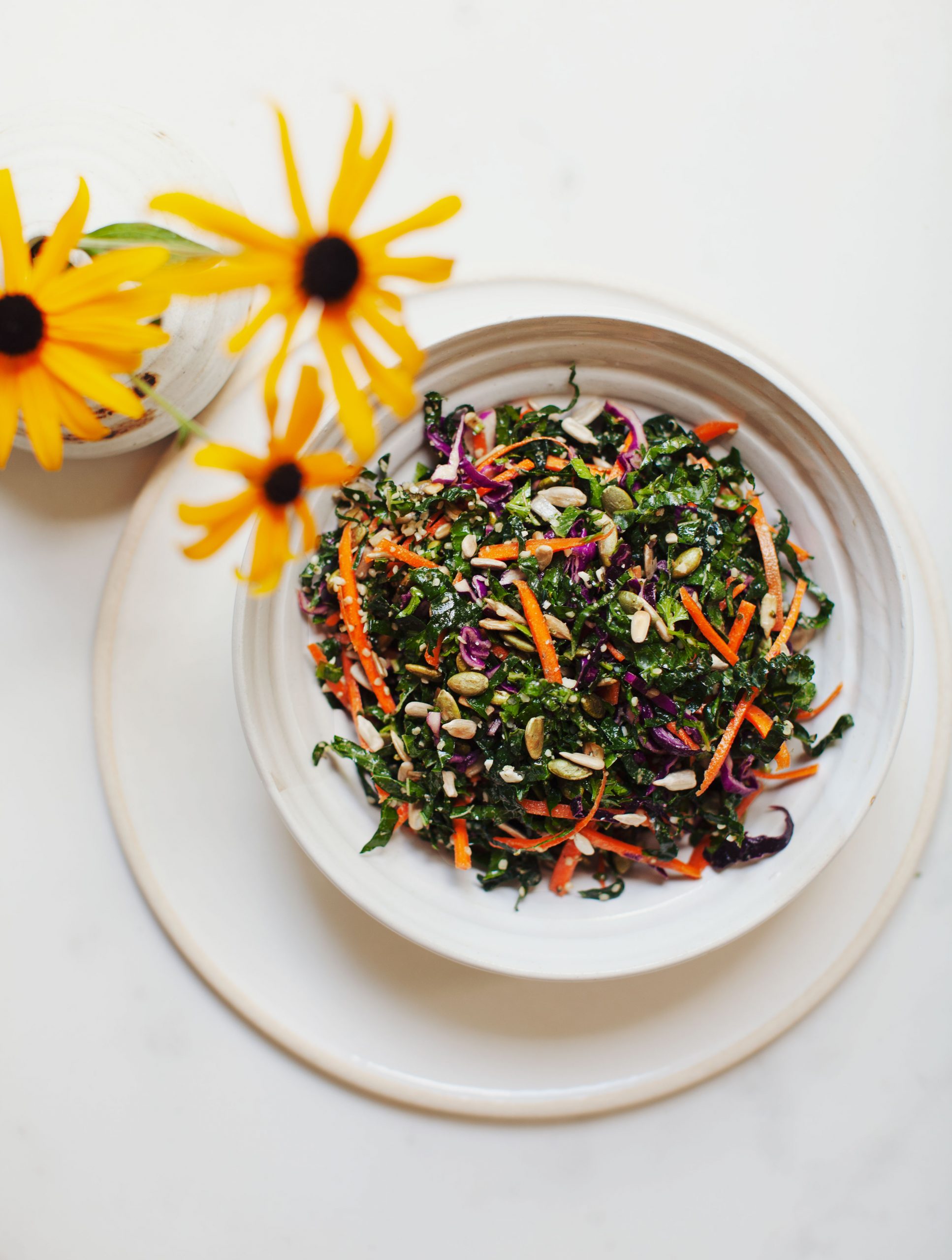
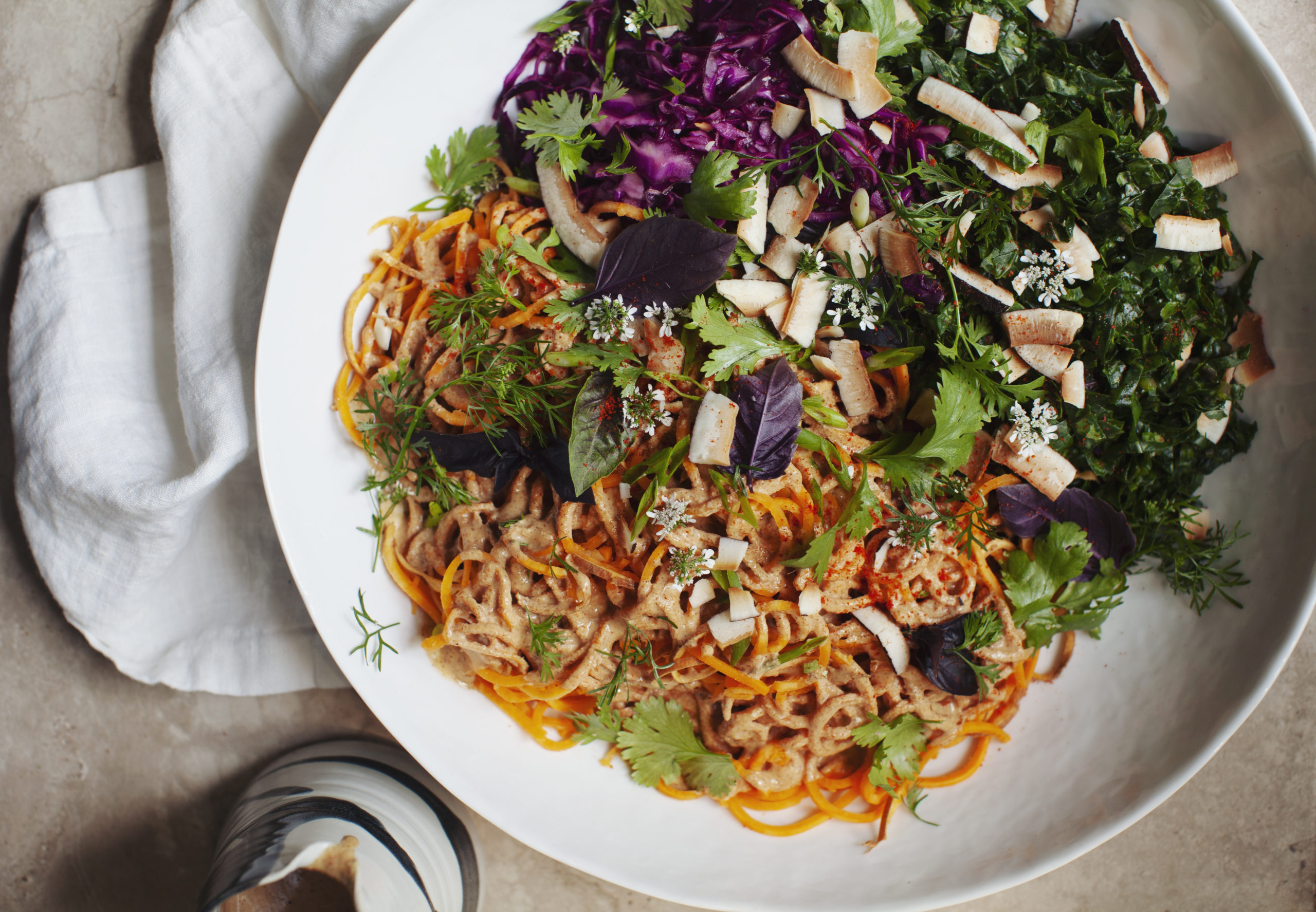
Season Straddler Salad – Try with pickled beets, omit shallot
Kale Slaw with Seed Sprinkle – Use mostly kale, omit onion
Polenta Fries – Omit garlic
Almond Feta – Omit garlic
Pickled Swiss Chard – Omit garlic
Puttanesca-Inspired Pasta Salad – Replace wheat pasta
Saucy Almond Butter Sweet Potato Noodles – Omit garlic
Star Anise Ginger-Pickled Carrots
Sprout Slaw with Ginger Turmeric Dressing – Omit garlic, use maple syrup
Aleppo-Dusted Cucumbers
Maple & Ginger Roasted Carrots with Hazelnuts
Roasted Sweet Potatoes
Steamed Brown Rice
Sauces & Toppings
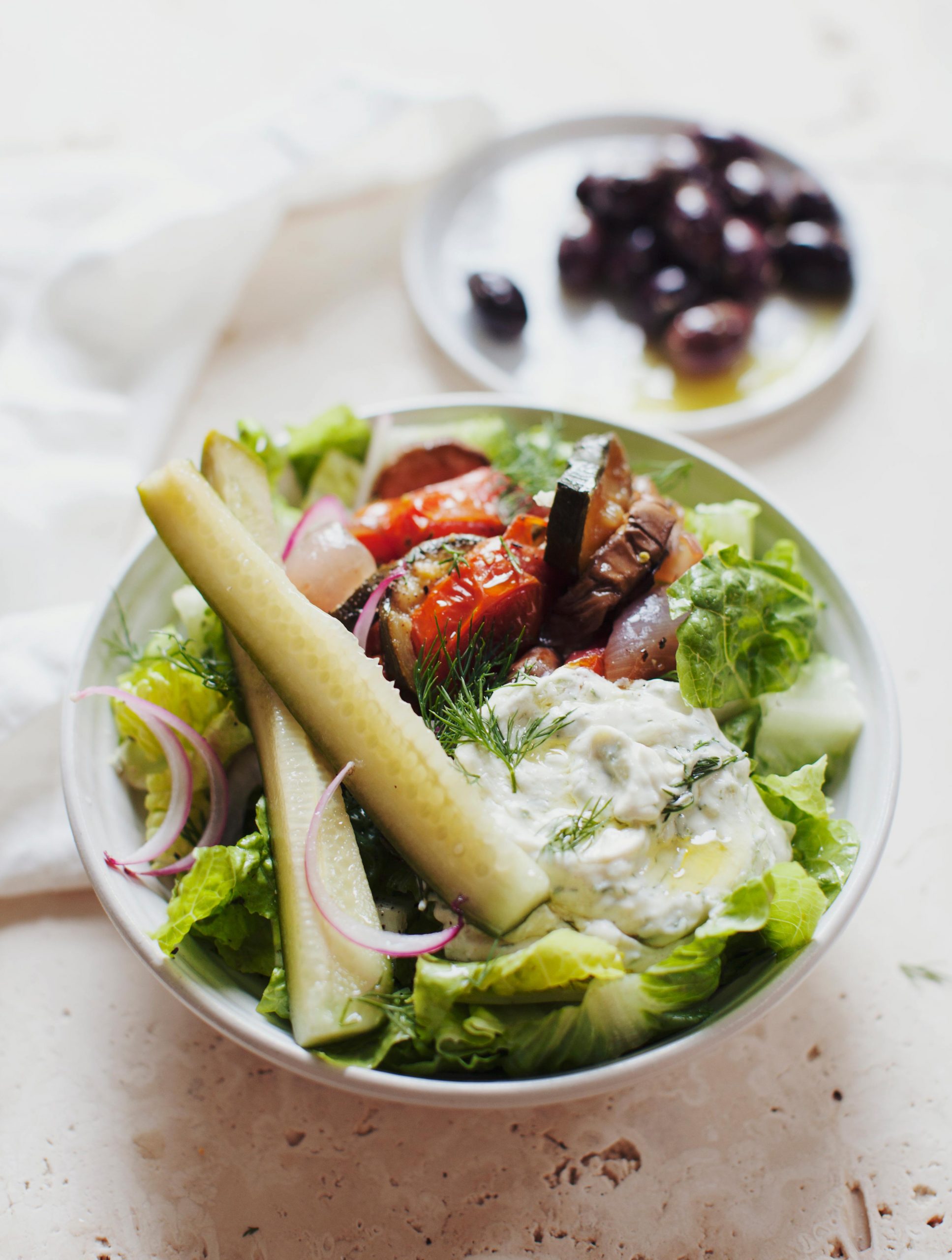
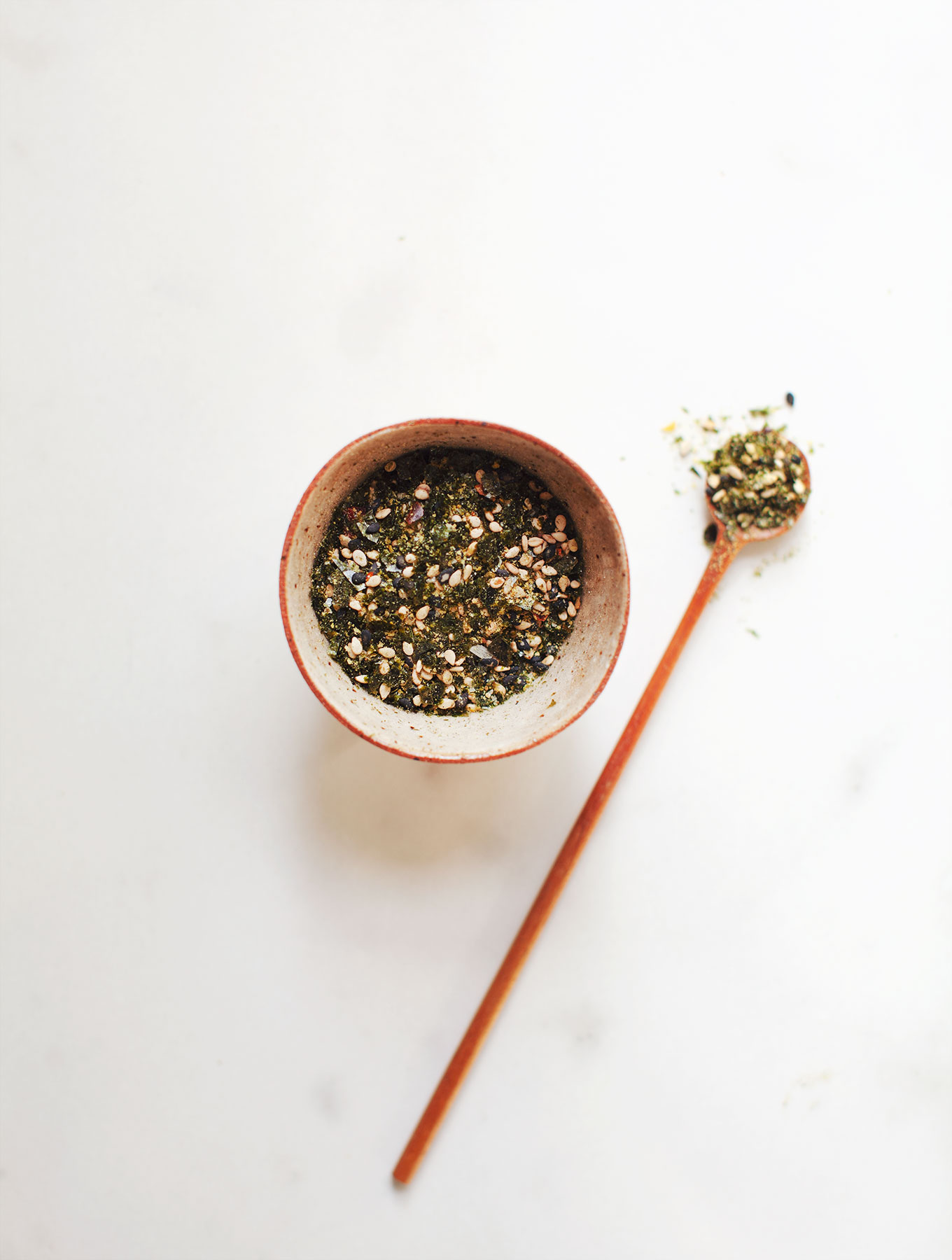
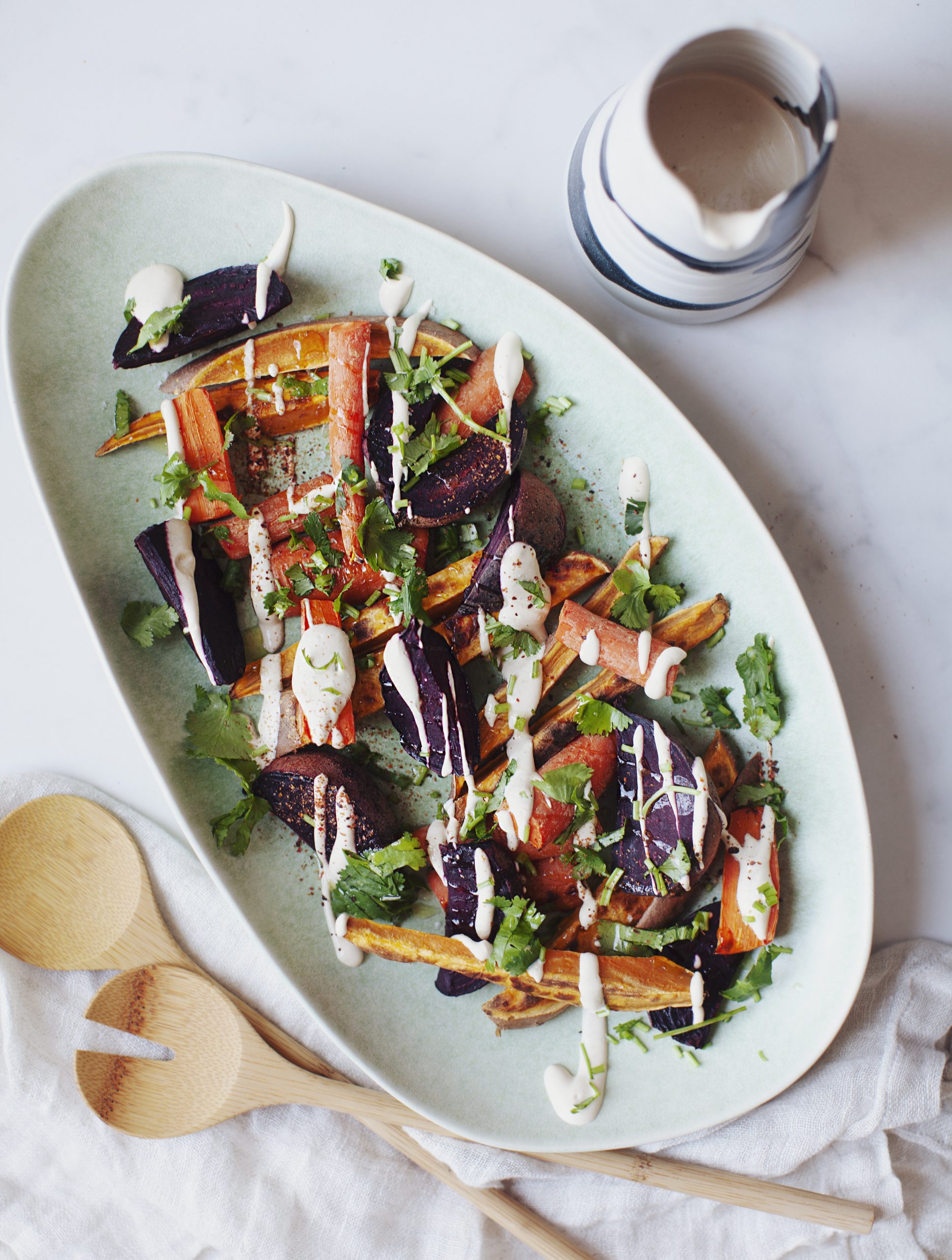
Greek Goddess Dressing – Omit garlic
Hemp Seed Parmesan – Omit garlic
Parsley + Olive Tahini Dressing – Omit garlic
House Dressing
Smoky Tahini Sauce – Omit Garlic
Blue Dream Drizzle
Furikake-Inspired Sprinkle
Toasted Seeds
Sweet n’ Spicy Mint Chutney – Omit garlic, replace dates with 1tbsp maple syrup
Spreads & Snacks
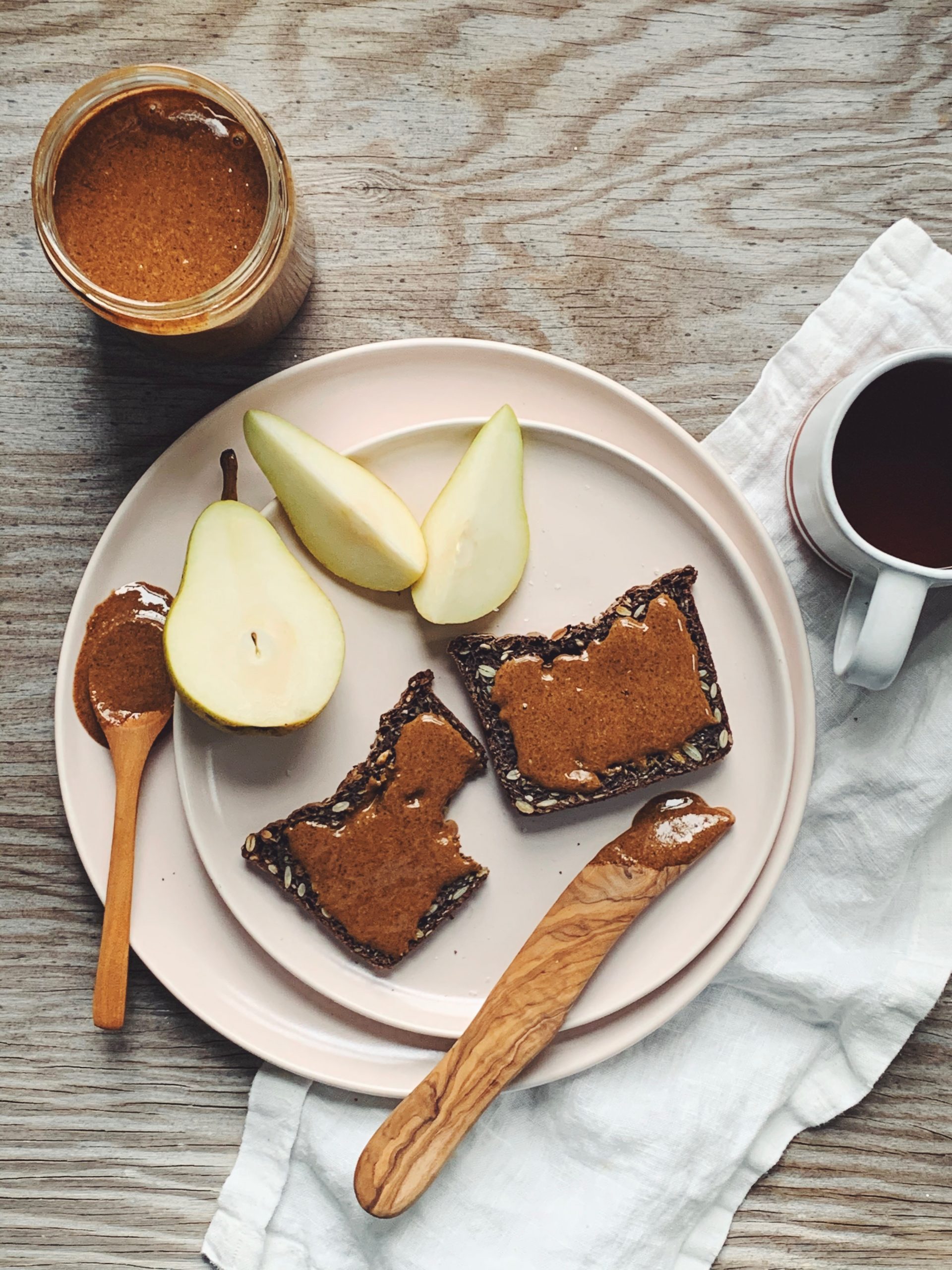
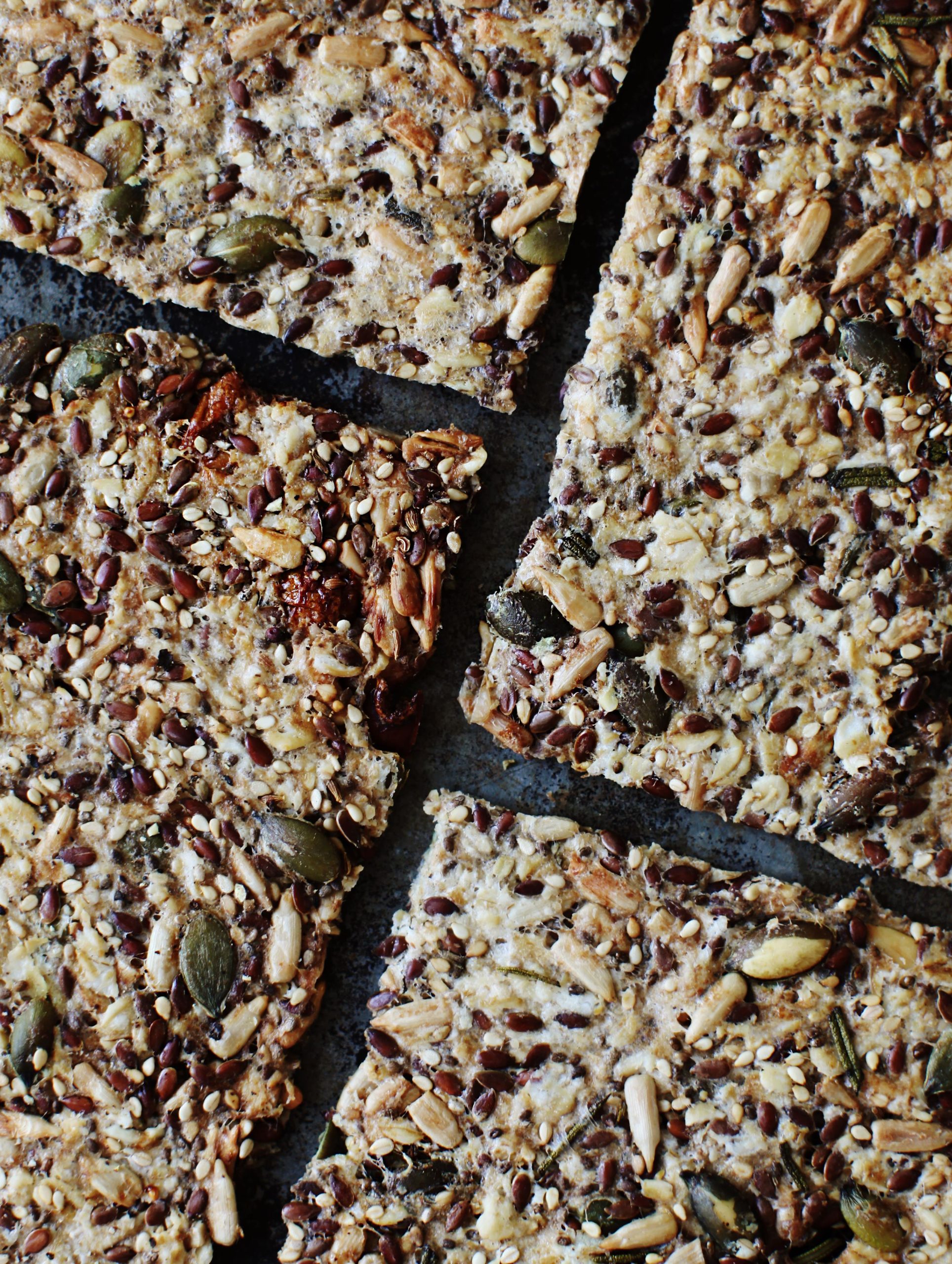
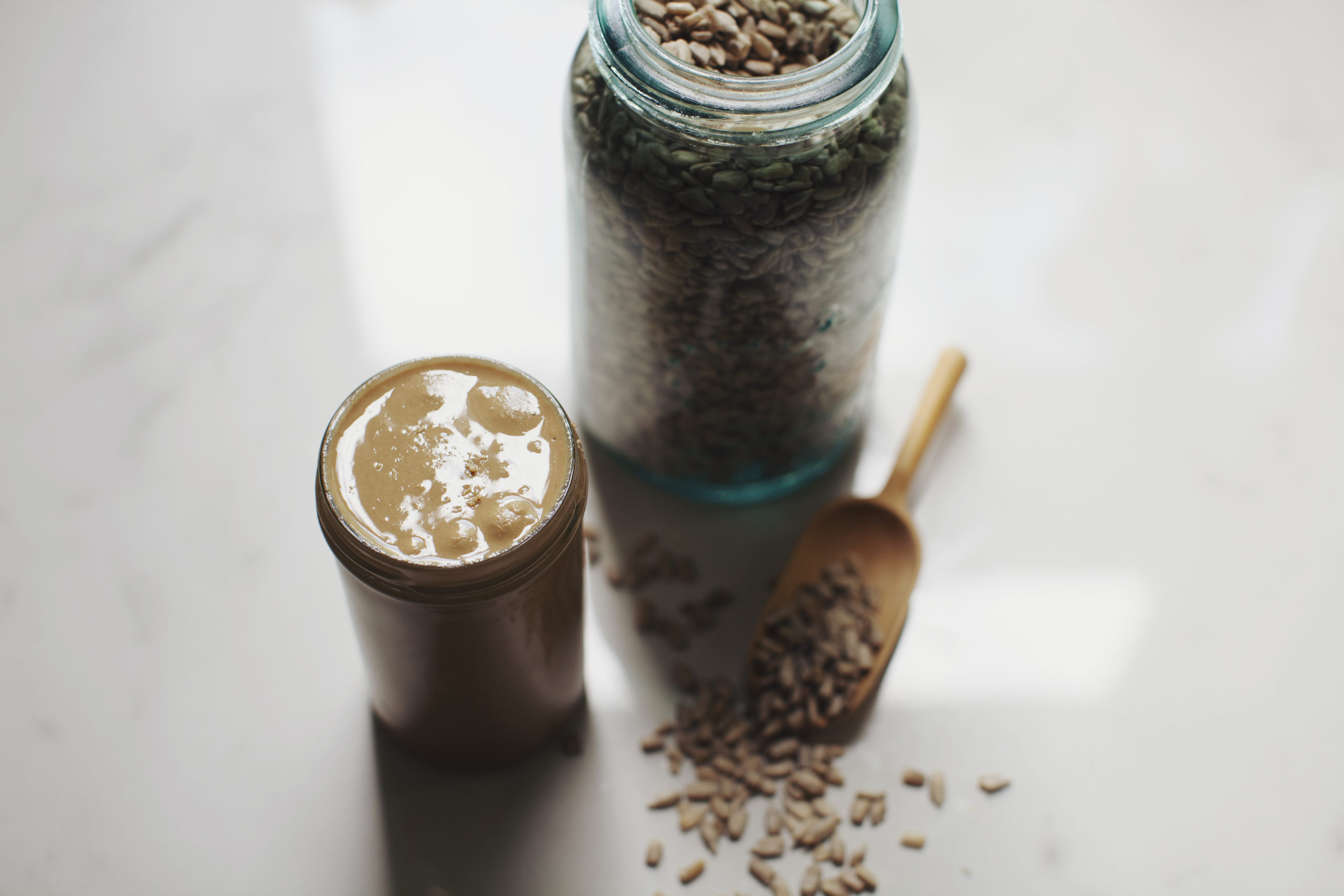
Chai Spice Nut Butter
Sunflower Seed Butter
Pumpkin Seed Butter
Coconut Bacon – Omit garlic powder
Everything Bagel Coconut Clusters – Omit garlic powder
Life Changing Crackers – Herb Pepper
Ghee
Desserts
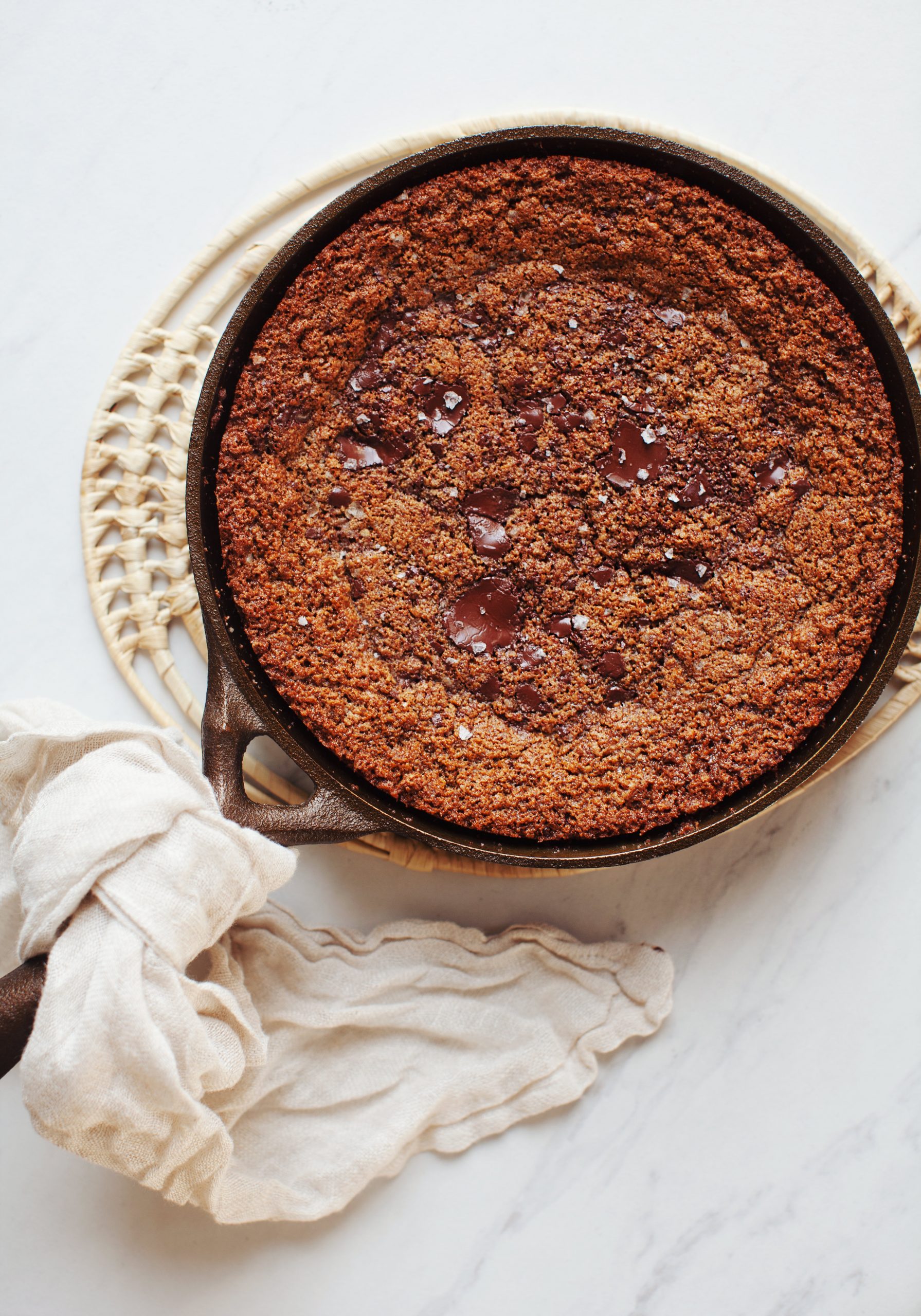
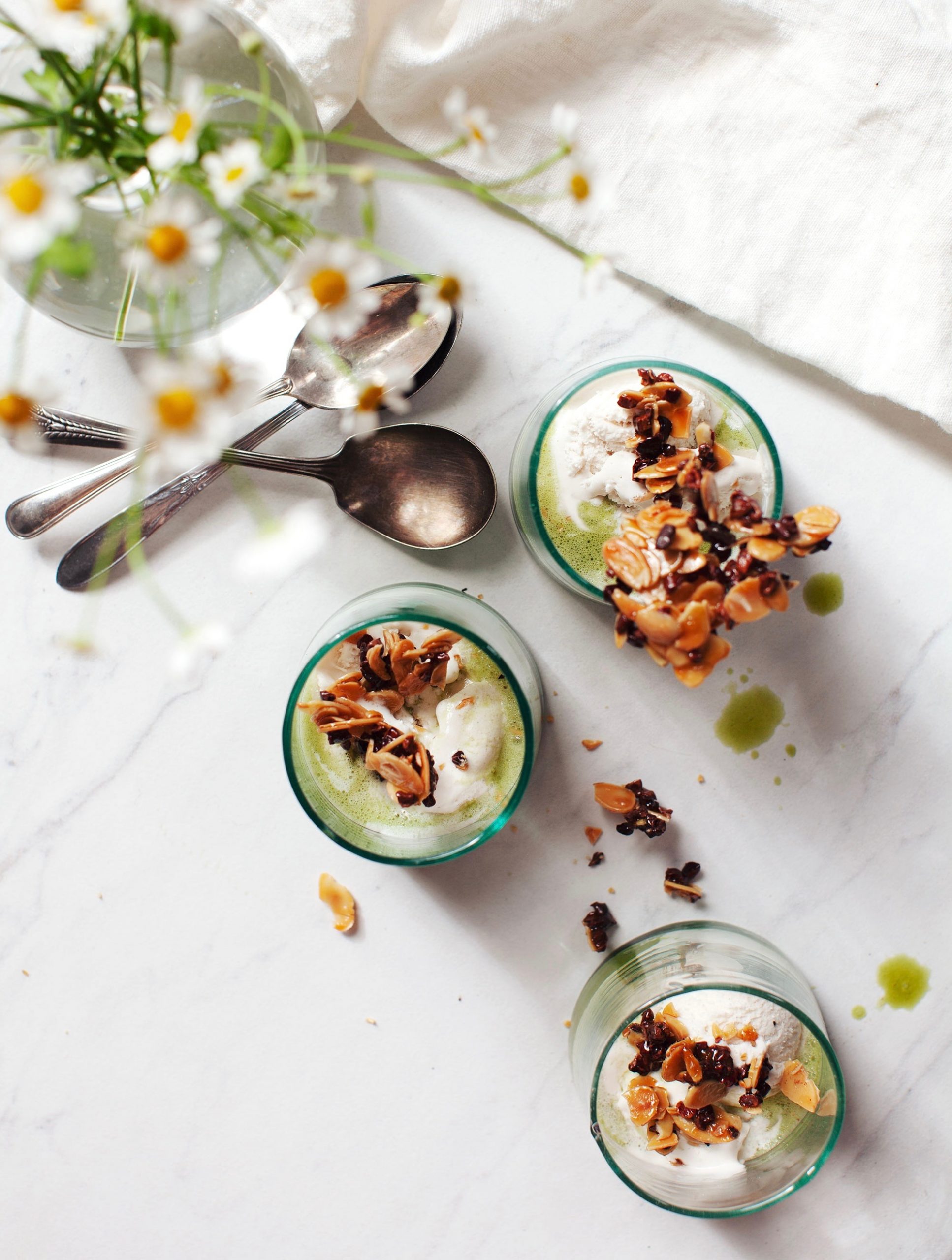
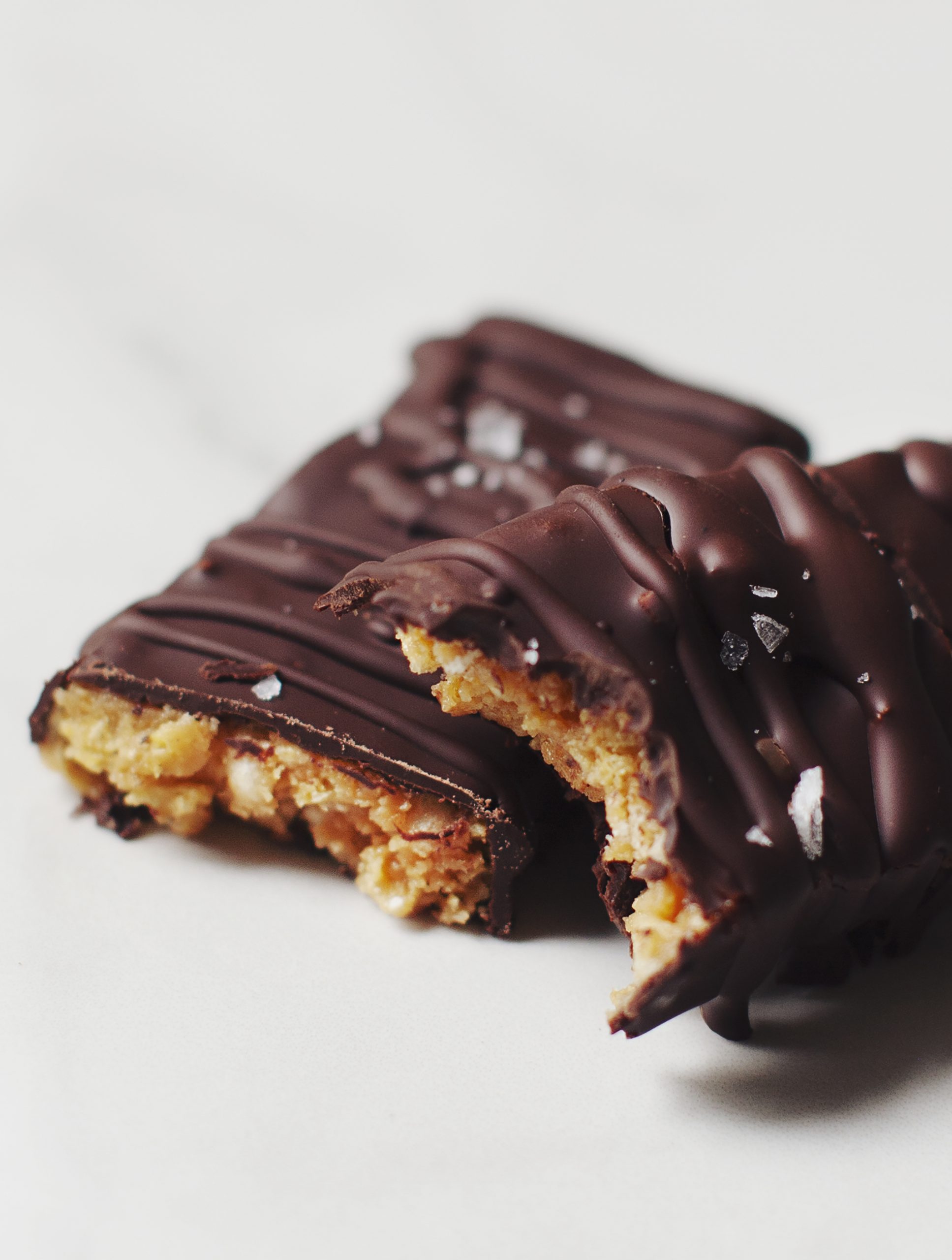
Matcha Affogato with Almond-Nib Crunchies
Tahini Chip Cardamom Skillet Cookie
High-Vibe Butterfingers – Use maple syrup
Blissful Banana Split Sundae – Can be made low FODMAP using green bananas and maple syrup instead of date syrup
Drinks


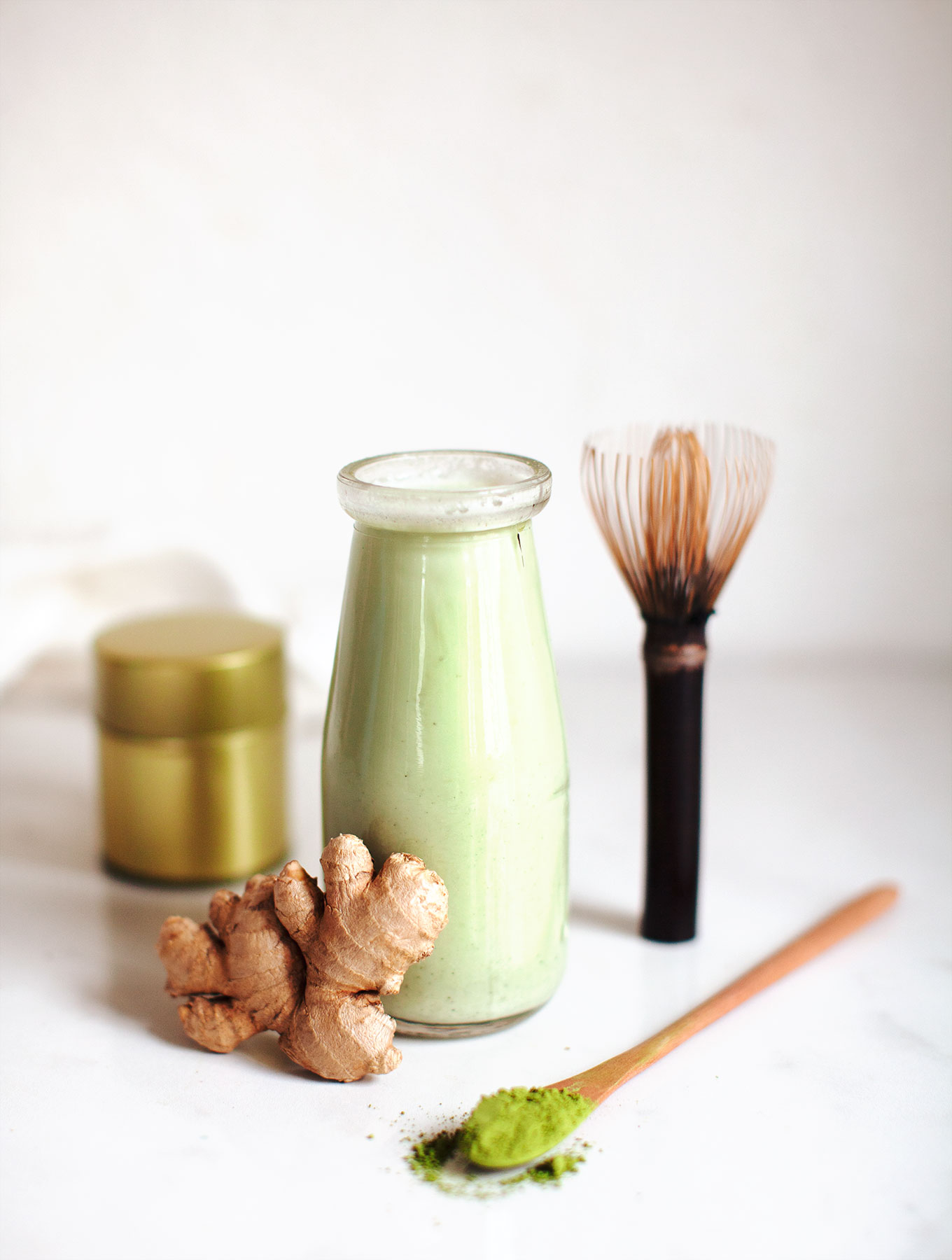
Oat Milk
Toasted Coconut Milk
CCF Tea
Golden Light Milk
Blue Wave Spirulina Milk
Matcha Ginger Milk
Single Serve Golden Milk


